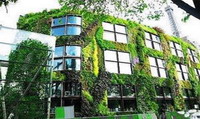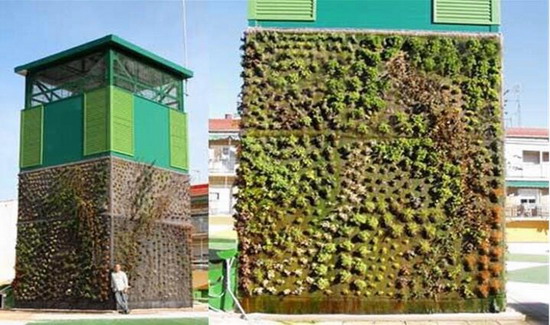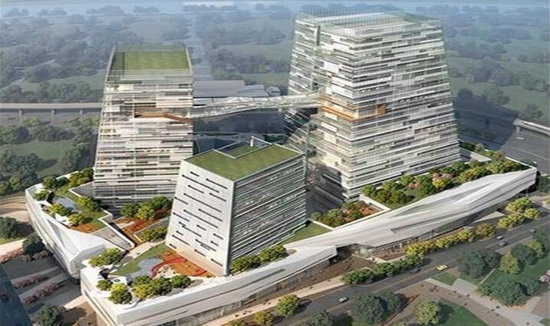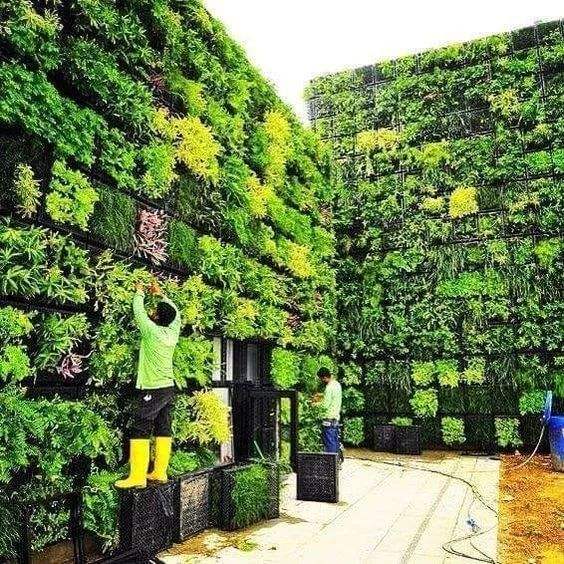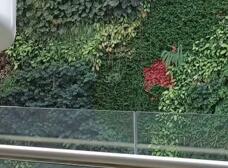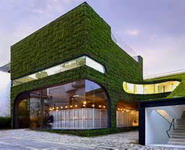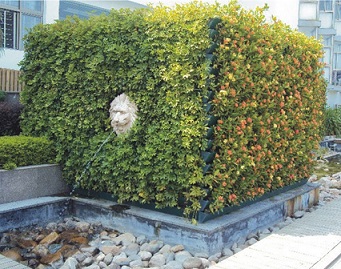Three-dimensional greening landscape revelation
Three-dimensional greening (vertical greening) is different from conventional greening. It is not only ground greening, but also aerial greening, such as roof greening and even greening of balconies, window sills and wall surfaces. Their main form is to allow various types of plants with different site conditions to grow in artificially created environments and appear on walls, balconies, roofs and various urban structures, or to use multiple layers of shrub and turf. The multi-layer structure brings space benefits, in this way, without increasing urban land use, the urban greening area and green coverage rate has been increased.
In recent decades, the quality of global urban environment has further deteriorated, the development of three-dimensional greening rapidly and achieved fruitful results. There has been a trend of globalization, diversification, scale, rapidization and legalization. Singapore is known as the “garden city” by the world. The sides, roofs, balconies and walls are inundates everywhere by greens and flowers. Fifty years ago, the Polish government put Warsaw into a green city on the agenda. At present, Warsaw has become the capital with the largest capita green area in the world. In order to increase the amount of green and improve the ecological environment, Tokyo, Japan took the lead in the development of roof greening, and other major cities followed closely to start the construction of high-end rooftop sky garden activities. Germany has promoted the “Green House Project”, and the components required for its wall-stacking have been commercialized, which has promoted the development of related industries. The United States develops greenhouse soil on the roof to grow vegetables, gains abundant economic benefits while increasing the amount of green. The development of campus greening in the United Kingdom, using wall-mounting technology, makes the wall covered with a layer of green tapestry.
Green vegetation is an important part of the urban ecosystem. The quality of a city’s green vegetation is an important indicator of its ability to sustain development. It takes at least 10 years to create a good urban ecosystem with green vegetation. As a new and comprehensive project, urban three-dimensional greening requires the cooperation of various urban designs.
“Three-dimensional greening” is a new direction for the future city to seek development. It is also a new concept of energy conservation. In various landscape designs, “green culture” is advocated in “technology to enhance landscape value and environment to change quality of life”.


